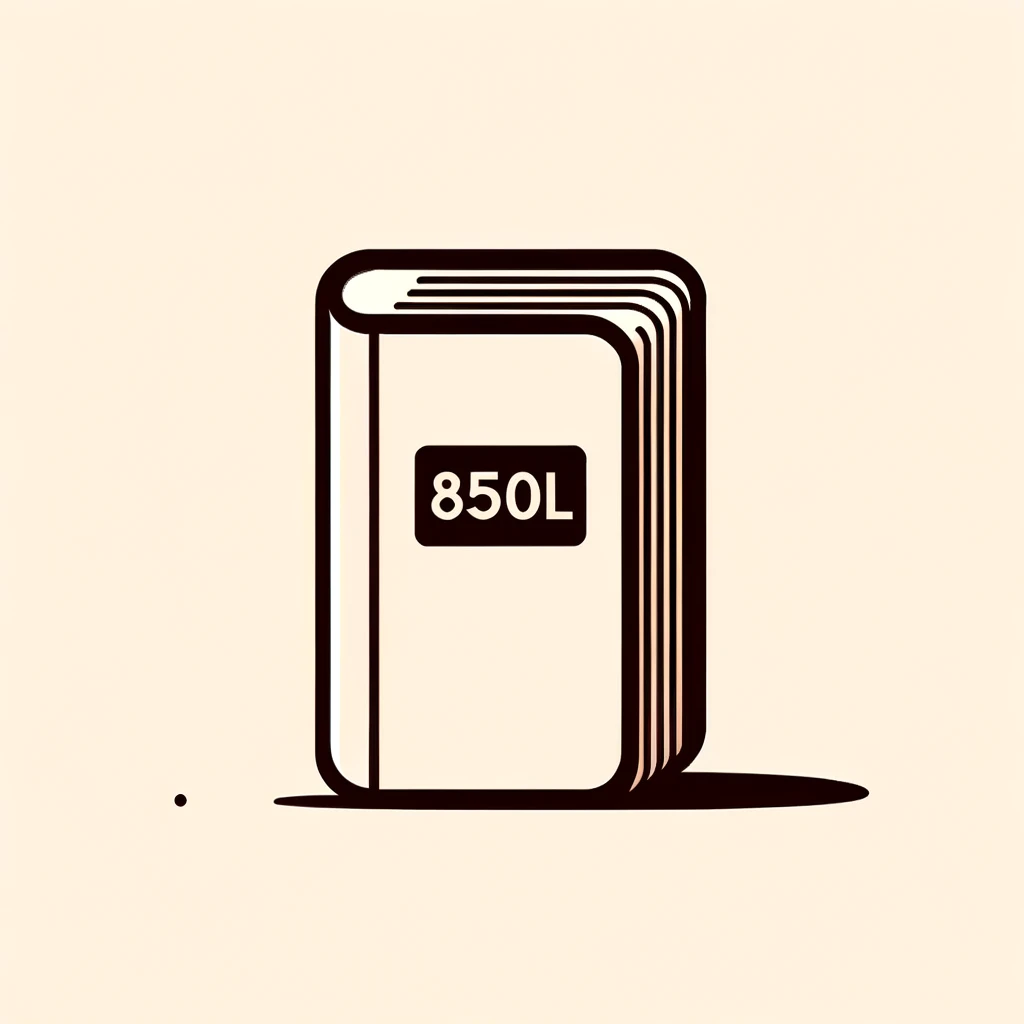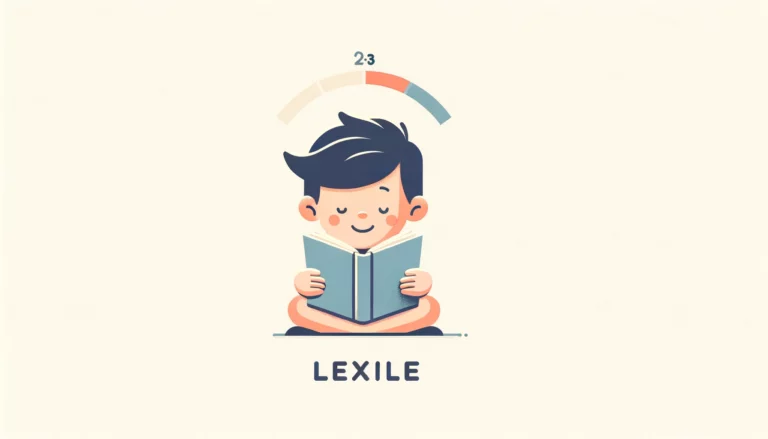Imagine walking into the world’s biggest bookstore, but instead of getting lost, you have a magical compass that points you directly to the books that are just right for you. That’s what Lexile is all about! It’s like having a personal book-finder that ensures every book you pick is a perfect fit for your reading level. Let’s dive a bit deeper into this world, shall we?
Understanding Lexile Measures
Think of Lexile measures as finding the perfect pair of shoes, but for reading. When you measure your foot, you get a number that helps you find shoes that fit. Lexile does the same for books! A book’s Lexile measure tells you how complex it is, and your Lexile reader measure tells you how complex a text you can comfortably read. It’s a match made in book heaven!


Simply put, a Lexile measure is a standard way to match readers with books that fit their reading levels. It serves as a bridge between your reading ability and the complexity of a text. When you hear a book or a reader described by a Lexile score, such as 850L, the ‘L’ stands for Lexile, and the number represents the measure of complexity or readability.
The History Behind Lexile
The Lexile Framework for Reading was developed by MetaMetrics, an educational research organization, with a mission to personalize learning and make it measurable. Since its introduction in the late 1980s, Lexile measures have been embraced by educators, librarians, and parents worldwide as a reliable way to enhance reading skills and enjoyment.
How Lexile Measures Are Determined
Determining a Lexile measure involves a scientific approach that analyzes both the reader’s ability and the text’s difficulty. For readers, Lexile measures are often obtained through school-administered reading assessments. Text complexity, on the other hand, is calculated using two strong predictors: sentence length and word frequency. Together, these elements help create a metric that accurately represents the reading challenge posed by a text.
The Benefits of Lexile Measures
Lexile measures offer several benefits, making them an invaluable tool for educators and readers alike:
Personalized Reading: By knowing your Lexile measure, you can select books that challenge you without causing frustration.
Progress Tracking: Lexile measures provide a clear way to track reading progress over time, encouraging goal setting and achievement.
Enhanced Comprehension: Reading books at your Lexile level can improve understanding and retention, making reading more enjoyable and effective.
Tips for Using Lexile Measures
Find Your Lexile Measure: Start by taking a reading assessment through your school or another educational platform that provides Lexile measures.
Explore and Experiment: Use your Lexile measure as a guide, not a strict rule. Feel free to explore texts slightly above or below your level to find what truly interests you.
Use Available Resources: Websites like the Lexile Framework for Reading offer tools to find books that match your Lexile measure. Libraries and bookstores often label books with Lexile measures as well.
Set Reading Goals: Challenge yourself by setting goals to read books at higher Lexile levels, gradually increasing the complexity as your reading ability improves.


